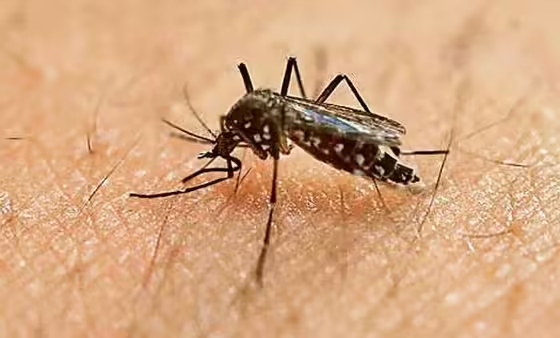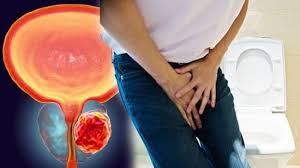Pancreatitis is an inflammation of the pancreas, a small but vital organ responsible for producing enzymes that aid in digestion and hormones that regulate blood sugar levels. While it can affect anyone, women may experience unique symptoms that are often overlooked or mistaken for other conditions. Recognizing the early warning signs of pancreatitis can make a significant difference in managing the condition and preventing serious complications.
What is Pancreatitis?
Pancreatitis occurs when the digestive enzymes produced by the pancreas start attacking the organ itself, leading to inflammation. There are two main types of pancreatitis: acute and chronic. Acute pancreatitis is sudden and severe, while chronic pancreatitis is a long-term condition that can worsen over time. Both types require prompt medical attention.
Common Symptoms of Pancreatitis in Women
Women with pancreatitis may experience a range of symptoms, some of which can be subtle or mistaken for other gastrointestinal issues. Here are some of the key early warning signs to watch for:
1. Abdominal Pain: One of the most common symptoms of pancreatitis is a sharp, intense pain in the upper abdomen that may radiate to the back. The pain often worsens after eating, especially meals high in fat. In some cases, the pain can be so severe that it requires immediate medical attention.
2. Nausea and Vomiting: Persistent nausea and vomiting are common in women with pancreatitis. These symptoms are often triggered by eating and can lead to dehydration, which can further complicate the condition.
3. Bloating and Indigestion: Women may notice a feeling of fullness, bloating, or indigestion that doesn’t go away with over-the-counter remedies. This can be an early sign of pancreatic inflammation.
4. Unexplained Weight Loss: Sudden and unexplained weight loss, especially if accompanied by loss of appetite, can be a warning sign of chronic pancreatitis. This occurs because the inflamed pancreas isn’t producing enough enzymes to properly digest food, leading to malnutrition.
5. Fever and Chills: A low-grade fever, often accompanied by chills, can indicate an infection in the pancreas. This is more common in cases of acute pancreatitis and should be addressed immediately.
Risk Factors for Pancreatitis in Women
Certain factors increase the likelihood of developing pancreatitis, and women should be aware of these risks:
Gallstones: Gallstones are one of the leading causes of acute pancreatitis in women. These small, hard deposits can block the pancreatic duct, leading to inflammation.
Alcohol Consumption: Excessive alcohol use is a significant risk factor for pancreatitis. Women who drink heavily or regularly may be at higher risk.
Medications: Certain medications, such as corticosteroids and some antibiotics, can increase the risk of pancreatitis.
Family History: A family history of pancreatitis or related conditions may also elevate a woman’s risk.
When to Seek Medical Help
It’s important to seek medical attention if you experience any of the symptoms mentioned above, especially if they persist or worsen. Early diagnosis and treatment of pancreatitis can prevent complications such as diabetes, chronic pain, and even pancreatic cancer.
Understanding the early warning signs of pancreatitis in women can lead to timely intervention and better health outcomes. If you or someone you know is experiencing symptoms like abdominal pain, nausea, or unexplained weight loss, don’t hesitate to consult a healthcare professional. Early detection is key to managing this condition effectively.











